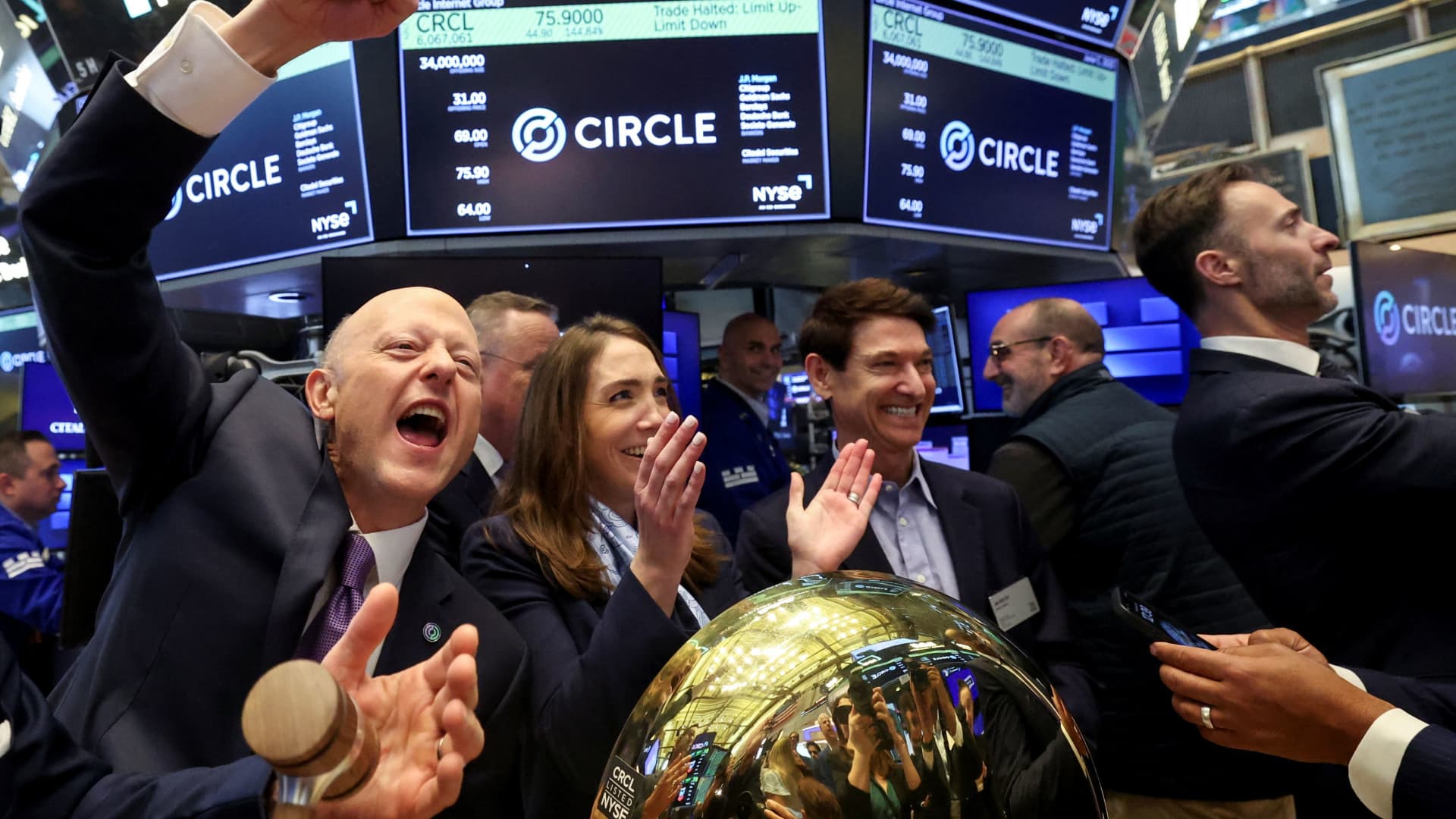Dimensions | E+ | Getty Images
A version of this article first appeared in CNBC’s Inside Wealth newsletter with Robert Frank, a weekly guide to the high-net-worth investor and consumer. Sign up to receive future editions, straight to your inbox.
The tightening presidential race has touched off a wave of tax planning by ultra-wealthy investors, especially given fears of a higher estate tax, according to advisors and tax attorneys.
The scheduled “sunset” of a generous provision in the estate tax next year has taken on new urgency as the odds of a divided government or Democratic president have increased, tax experts say. Under current law, individuals can transfer up to $13.61 million (and couples can send up to $27.22 million) to family members or beneficiaries without owing estate or gift taxes.
The benefit is scheduled to expire at the end of 2025 along with the other individual provisions of the 2017 Tax Cuts and Jobs Act. If it expires, the estate and gift tax exemption will fall by about half. Individuals will only be able to gift about $6 million to $7 million, and that rises to $12 million to $14 million for couples. Any assets transferred above those amounts will be subject to the 40% transfer tax.
Wealth advisors and tax attorneys said expectations of a Republican sweep in the first half of the year led many wealthy Americans to take a wait-and-see approach, since former President Donald Trump wants to extend the 2017 tax cuts for individuals.
Vice President Kamala Harris has advocated higher taxes for those those making more than $400,000.
With Harris and Trump essentially tied in the polls, the odds have increased that the estate tax benefits will expire — either through gridlock or tax hikes.
“There is a little increased urgency now,” said Pam Lucina, chief fiduciary officer for Northern Trust and head of its trust and advisory practice. “Some people have been holding off until now.”
The sunset of the exemption, and the response by the wealthy, has broad ripple effects on inheritances and the trillions of dollars set to pass from older to younger generations in the coming years. More than $84 trillion is expected to be transferred to younger generations in the coming decades, and the estate tax “cliff” is set to accelerate many of those gifts this year and next.
The biggest question facing wealthy families is how much to give, and when, in advance of any estate tax change. If they do nothing, and the estate exemption drops, they risk owing taxes on estates over $14 million if they die. On the other hand, if they give away the maximum now, and the estate tax provisions are extended, they may wind up with “givers’ remorse” — which comes when donors gave away money unnecessarily due to fears of tax changes that never happened.
“With givers’ remorse, we want to make sure clients look at the different scenarios,” Lucina said. “Will they need a lifestyle change? If it’s an irrevocable gift, can they afford it?”
Advisors say clients should make sure their gift decisions are driven as much by family dynamics and personalities as they are by taxes. While giving the maximum of $27.22 million may make sense today from a tax perspective, it may not always make sense from a family perspective.
“The first thing we do is separate out those individuals who were going to make the gift anyway from those who have never done it and are only motivated to do it now because of the sunset,” said Mark Parthemer, chief wealth strategist and regional director of Florida for Glenmede. “While it may be a once-in-a-lifetime opportunity as it relates to the exemption, it’s not the only thing. We want individuals to have peace of mind regardless of how it plays out.”
Parthemer said today’s wealthy parents and grandparents need to make sure they are psychologically comfortable making large gifts.
“They’re asking ‘What if I live so long I outlive my money,'” Parthemer said. “We can do the math and figure out what makes sense. But there is also a psychological component to that. As people age, a lot of us become more concerned about our financial independence, regardless of whether the math tells us we’re independent or not.”
Some families may also fear their kids aren’t ready for such large amounts. Wealthy families who planned to make big gifts years from now are feeling pressure from the tax change to go ahead with it now.
“Especially with families with younger children, a primary concern is having donors’ remorse,” said Ann Bjerke, head of the advanced planning group at UBS.
Advisors say families can structure their gifts to be flexible — gifting to a spouse first, for instance, before it goes to the kids. Or setting up trusts that trickle out the money over time and reduce the changes of “sudden wealth syndrome” for kids.
For families that plan to take advantage of the estate tax window, however, the time is now. It can take months to draft and file transfers. During a similar tax cliff in 2010, so many families rushed to process gifts and set up trusts that attorneys became overwhelmed and many clients were left stranded. Advisors say today’s gifters face the same risk if they wait until after the election.
“We’re already seeing some attorneys start to turn away new clients,” Lucina said.
Another risk with rushing is trouble with the IRS. Parthemer said the IRS recently unwound a strategy used by one couple, where the husband used his exemption to gift his kids money and gave his wife funds to regift using her own exemption.
“Both gifts were attributed to the wealthy spouse, triggering a gift tax,” he said. “You need to have time to measure twice and cut once, as they say.”
While advisors and tax attorneys said their wealthy clients are also calling them about other tax proposals in the campaign — from higher capital gains and corporate taxes to taxing unrealized gains — the estate tax sunset is far and away the most pressing and likely change.
“In the past month, inquiries have accelerated over the [estate exemption],” Bjerke said. “A lot of people were sitting on the sidelines waiting to implement their wealth-planning strategies. Now, more people are executing.”

 Blog Post1 week ago
Blog Post1 week ago
 Economics1 week ago
Economics1 week ago
 Finance1 week ago
Finance1 week ago
 Economics1 week ago
Economics1 week ago
 Economics1 week ago
Economics1 week ago
 Personal Finance1 week ago
Personal Finance1 week ago
 Accounting1 week ago
Accounting1 week ago
 Economics1 week ago
Economics1 week ago









